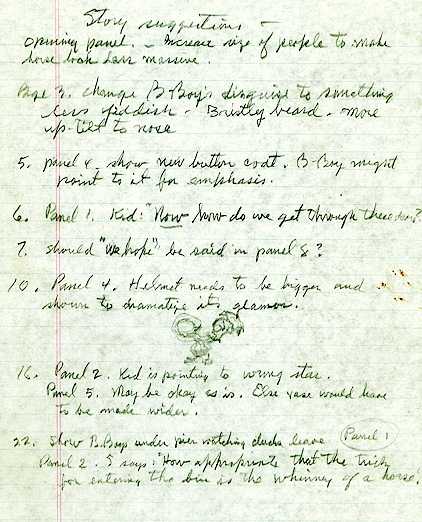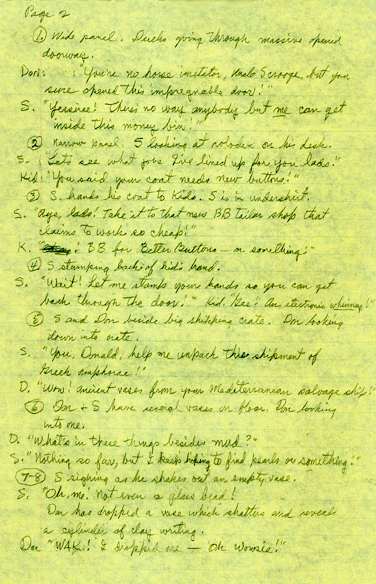

Carl Barks wrote Disney comic book stories over a span of several decades. He started in 1942 and ended in 2000. One of his last commitments was an adventure story partly built on a famous, ancient Greek mythological story set in the city-state of Troy. The Greek army had for years had the Trojan city under siege, but it was only after they opened the city gate in order to let in an apparent special gift - a giant wooden horse, that the Trojans were finally defeated. The horse was hollow and filled with Greek soldiers, who, during the following night, sneaked out and opened the gate to their countrymen. Troy quickly fell.
In 1994 Barks was asked if he would consider celebrating the 30th anniversary of his own, official retirement(!) in 1966, and he was willing. The understanding was that he was to primarily participate as the plotman, but, as it turned out, he became sort of an overseer of the whole project. And he worked fast! Shortly after Barks had finished a full synopsis featuring Scrooge, Donald, and the nephews on a treasure hunt for the fabled, wooden horse. The story premiered a few months later in some European countries and was later the same year published in USA33 (Uncle Scrooge Adventures from Gladstone Comics) and titled Horsing Around with History.
Of course, Barks needed an artist
to work with all the graphics, and a young, rising star was
picked: I chose Bill Van Horn who lives in
Vancouver to do the artwork. His drawing style is very Disney
like. It looked quite a bit like my own drawing and his way of
staging things is close to mine. I just wrote out the script with
a typewriter and had been trying to sketch it out, and he got the
feeling of what I was thinking of. He would read that little
blurb and come up with a sketch just like I thought it in my head.
I had very few things to correct. He and I went over his pencil
drawings quite thoroughly. I went over the whole way though, once
before I even got to thinking: 'Well I have got to correct some
things'. So I went back and looked at two or three small
situations that required a tiny bit of changing. It could have
gone through and made a successful story without my correcting at
all. He was that good at interpreting what I wanted.
This page presents you to a small selection of Barks' contribution to the story (you can read van Horn's own account on the project HERE).
| FROM START TO FINISH | ||||||||||||||||
Barks wrote a full
synopsis covering the story's 24 pages. He dedicated a
sheet of paper to each page and every sheet was divided
into - mostly - 8 panels. For the panels, Barks made
detailed remarks on graphics, narration, and dialogue.
Above you are presented to 2 of Barks' synopsis pages (numbers
1 and 16) along with the corresponding, finished pages to
the right. |
||||||||||||||||
| COMMENTS |
 (To get the full value of the commentaries
mentioned in the above notes it is necessary for you to
have a copy of the published story at hand.) |
| EXTRA BUSINESS |
 Throughout all of his comic book career
Barks had a luxury problem; he often dreamed up more
business than could possibly be included in the stories (Barks
would often call a story's different work related tasks
for Business)! |
| http://www.cbarks.dk/THEGREEKCONNECTION.htm | Date 2011-06-26 |